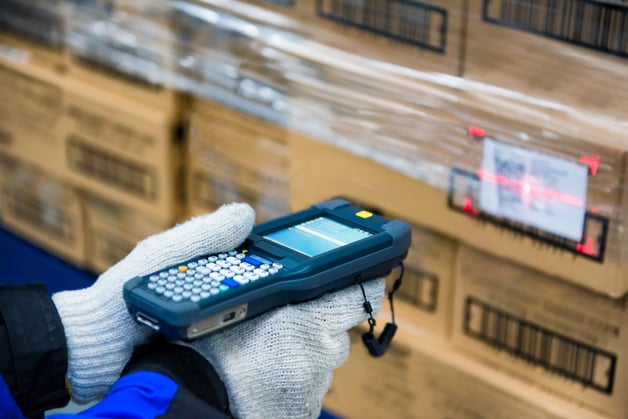REDWOOD LOGIN
Redwood PortalLTL
SCS
SCS Support
Rockfarm
 There is nothing worse than receiving a phone call from an upset customer – because their delivery was delayed because of faulty labeling. While many shippers rush to blame the carriers for damaging their packaging and labeling issues, the truth is, label damage is something that is 100% controllable. Missed deliveries or delays in delivery cost shippers across the globe millions of dollars in surcharges every year. While mistakes and accidents can happen, most label problems can be avoided by following a few, proven freight labeling best practices.
There is nothing worse than receiving a phone call from an upset customer – because their delivery was delayed because of faulty labeling. While many shippers rush to blame the carriers for damaging their packaging and labeling issues, the truth is, label damage is something that is 100% controllable. Missed deliveries or delays in delivery cost shippers across the globe millions of dollars in surcharges every year. While mistakes and accidents can happen, most label problems can be avoided by following a few, proven freight labeling best practices.
Noted below are three items to consider anytime you are preparing a shipment for a customer, that will reduce the potential of label problems occurring while in route.
Not all modes of transportation have the same level of package handling. In fact, different carriers often have different procedures for moving freight through its network. It’s due to this fact that using the right type and quality packaging is the first packaging best practice on our list. To give your labeling the best chance to maintain integrity during movement through the supply chain, follow these two packaging rules of thumb.
NEVER USE A DAMAGED PALLET(s) or PACKAGING
For those shipping FTL or LTL shipments, the first item you should always consider is the condition of the skid your freight is used. When a pallet is broken, even if it’s just a single bottom board, it can cause difficulty for freight movers. In most cases, as soon as they jack the pallet, it will break. This can cause damage to your product, but also causes the carrier to revise or in some cases, repackage your freight – without that valuable label. This also applies to shipping with cardboard or wooden boxes. If you send smaller items via parcel shipments, always make sure to use new cardboard or wooden boxes that are in good condition.
ALWAYS USE HIGH-QUALITY ADHESIVES
This applies to all types of packing. Shirk wrap, packaging tape, or wet-wrapped tape is typically used on shipments to secure freight to skids, to close boxes, and to keep the interior valuables safe from exposure. However, one other item that tends to be secured with adhesives are labels. You should always use high-quality adhesive products that are rated for the weight of your package and made to stick to the materials your using.
When packaging is as strong as possible – your label will have the best opportunity to stay adhered. However, if you use inferior quality shipping labels or labels not designed for industrial use, the potential for damage increases. Professional shippers understand that a few extra dollars on high-quality labels can save them thousands of dollars on missed or delayed deliveries. Plus, professional labels simply look more professional – which improves the image of your company with your valuable customers.
For those who ship with Fed Ex, UPS, or USPS, here is an insider’s tip – ask them for packaging supplies. Most parcel shippers are more than happy to supply you with high-quality boxes and even label protectors. These high-quality pouches are great for protecting your label – so if they offer them, stock up and use them as often as possible.
More is best when it comes to applying your shipping labels. While many carriers have rules about using labels, where they can be applied, there are often no rules on how many shipping labels you can use. Smart shippers understand the benefit of duplication and redundancy in their operations. If you’re going to ship a product, make sure to apply the destination or customer information on multiple locations on the package.
This is a best practice because if the primary label is damaged, in most instances, the shipment can still be delivered if the carrier knows the address, and recipient information. A good rule of thumb for parcel shipments is to apply a shipping label on the top and on one side of the package. For freight shipments using pallets, place your shipping labels on all four sides of the pallet, then wrap the pallet in high-quality shrink wrap. This ensures that if the primary shipping label is damaged on the outside, the carrier can remove a shipping label from the shrink wrap and have the delivery information clearly accessible.
In the supply chain, the best way to ensure proper delivery is to be proactive about using the best supplies and most dependable carriers for delivering their products. By following these three, freight labeling best practices, you’ll significantly reduce the potential of damage to your packaging, labels staying on the package, and improve your overall customer service.